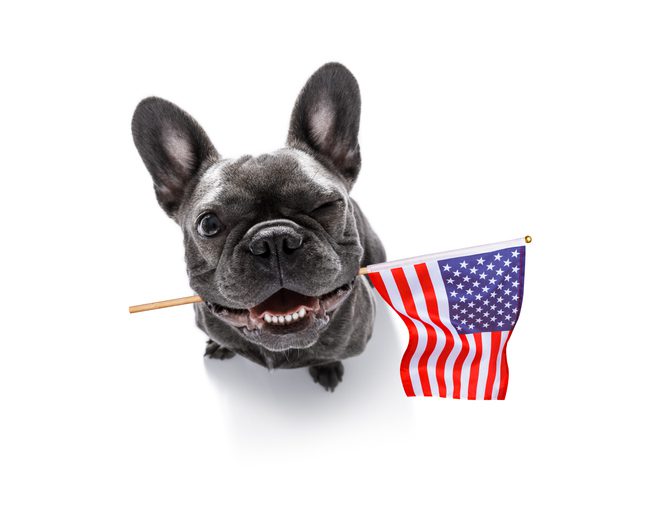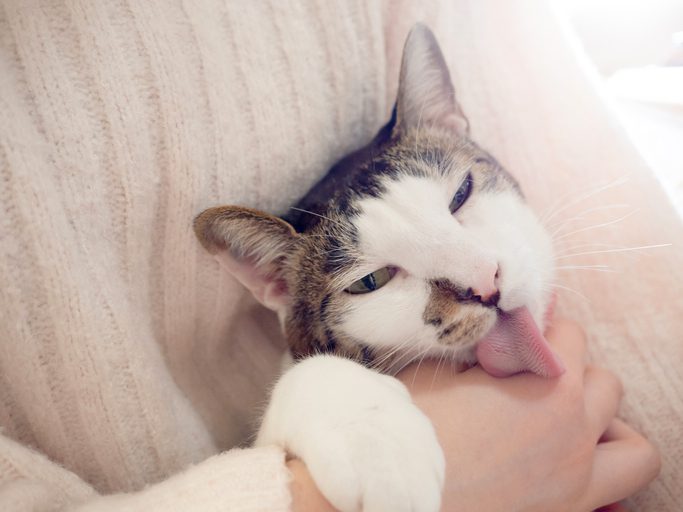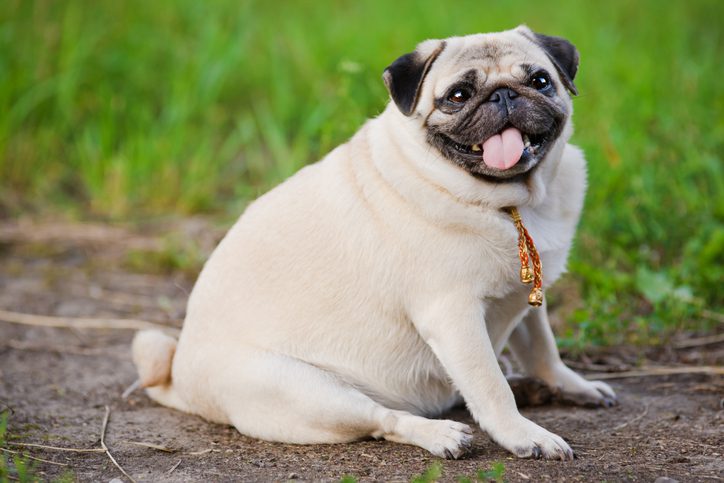Toxic Plants for Pets in Clifton Park, NY
Curiosity is just part of our pet’s nature. Since they cannot ask us what something is, or do a quick search on the internet, they figure things out by touch and taste. Sometimes that exploration can be dangerous, especially when it comes to toxic plants.
Common Toxic Plants for Pets
Many pet owners are shocked to learn the actual number of plants, both inside and outside, that can be harmful to dogs and cats. Knowing if any of your plants are on that list could mean saving your pet’s life. Some of the most common household plants that are toxic to dogs and cats include:
Azaleas
Azaleas are a popular backyard plant, but also one of the most dangerous plants for pets. Consuming even just a few leaves can cause your dog or cat to have an upset stomach, including vomiting and diarrhea.
Serious cases can lead to coma and may even put your pet’s life at risk.
Hyacinth
Early in the Spring, these flowers provide a pop of color. However, the bulbs are poisonous for pets. If you have a dog that likes to dig, you may want to avoid planting these flowers.
In addition to vomiting and diarrhea, hyacinth can also cause tremors.
Daffodils
Daffodils are another flower that lets us know that Spring has arrived. As beautiful and cheerful as they are, they can cause major problems for your pet’s health. It is not just the petals or leaves that can cause problems.
Any part of the flower that your pet ingests can lead to an upset stomach, and in more serious cases cause trouble breathing or heart issues.
Tulips
Not only are tulips beautiful in a flower garden, but they can also brighten up the inside of your home in a display. But if your dog manages to bite off a leaf, they are in for some discomfort.
It is the bulb, however, that can be dangerous. If your dog digs it up, it can cause a variety of issues, including irritation in the mouth, drooling and nausea.
Iris
Like some of the other plants mentioned here, the most dangerous part of the Iris, for both dogs and cats, is the bulb. In addition to the upset stomach, your pet may also experience increased drooling and lethargy.
While these are some of the most common plants that can pose a threat to pets, they are just a few. The ASPCA Animal Poison-Control Center not only has a full list of pet poisons, but they are also available 24 hours a day to help pet owners with potential poisoning emergencies.
How Do Toxic Plants Affect Pets?
The way a plant affects your dog really depends on the plant. Each one comes with its own side effects, which can sometimes include these common symptoms:
- Vomiting
- Diarrhea
- Lethargy
- Weakness
- Nausea
- Drooling
Other symptoms you may notice in a dog or cat that has eaten a plant that is toxic are excessive sweating, trouble breathing, or an increased heart rate. In the most severe cases, your pet could experience seizures or a coma.
So what do you do? If your pet is showing any of the above symptoms, and you suspect they have consumed a toxic plant, call your veterinarian immediately. Knowing what kind of plant your dog or cat ingested is extremely helpful in diagnosing and treating your pet.
However, if you do not know what caused your pet’s reaction, collecting some of the vomit or waste and taking it to the vet can help determine the cause.
Protecting Your Pets from Toxic Plants
Protecting your pets from toxic plants may seem easy, but dogs and cats can be creative when it comes to getting into things that could harm them. Of course, the easiest thing to do would be to keep plants that could be toxic to your pet out of the house.
If that is not possible, thinking through all the ways your pet could get into a plant will help you to prevent any accidents.
- Place plants out of reach. With dogs, this is much easier to accomplish. You can place plants on higher surfaces that they cannot reach. With cats, however, this could be tricky as they are more likely to jump on high shelves and tables. If you have space, setting up a pet-free room in your home might be another option for keep those toxic plants away from dogs and cats.
- Cover arrangements. Some flowers and plants are simply meant to be put on display, and you do not want to hide them. Consider putting flowers under a glass display case, so that you can still see your beautiful flowers but not put your cat’s life at risk.
- Remove fallen leaves and petals. While any part of a plant can be toxic to the pet, you will want to get rid of any leaves or petals that may fall. Accidents can happen, it does not take a big breeze, or even someone walking by a plant, to blow debris onto the floor where a dog or cat could accidentally ingest it.
- Crate/Confine your pet when you are not home. When you are at home with your pet, you have a good chance of catching them before they have a chance to encounter a toxic plant. If you are stepping out, no matter how long, it is better to be safe than sorry. Crate or confine your dog to a pet-friendly area, free of toxic plants, while are you are out of the house.
- Use a repellent/deterrent. There are several products that may discourage your dog or cat from entering a certain space. There are natural repellents, along with chemical and electronic ones, that will draw their attention away from the area where they are not allowed or will be off putting to your pet.
Toxic plants can pose a threat to your pets all year long, not just during the spring and summer when flowers and plants are blooming. The holidays are also an especially dangerous time for your pet, with plants like poinsettias and even pine trees being potentially harmful to your cat or dog.
Recent Posts
How to Help Your Dog Celebrate July 4th Peacefully
How to Help Your Dog Celebrate July 4th Peacefully The Fourth of July is a holiday of…
Cat Behavior: Why Your Cat Licks You
Cat Behavior: Why Your Cat Licks You If you have a cat, you’ve likely experienced the sensation…
Is My Dog Fat? What Pet Owners Need to Know About Overweight Dogs
Is My Dog Fat? What Pet Owners Need to Know About Overweight Dogs As a pet owner,…
About Us
Originally opened as Animal Care Hospital by Dr. Mark Johnston in 1989, the hospital became Cornerstone Veterinary Hospital in 2015 when it was purchased by Drs. Alan and Lisa Knott. The name 'Cornerstone' holds a special place in their hearts, representing not only their Christian faith but also their commitment to being the cornerstone of the community in which they practice. As a family-owned and operated practice, every pet is treated as part of the family, ensuring they receive the highest standard of care. The team at Cornerstone Veterinary Hospital is dedicated to building lasting relationships with clients and their beloved pets, striving to be the cornerstone of the community in which they practice.




